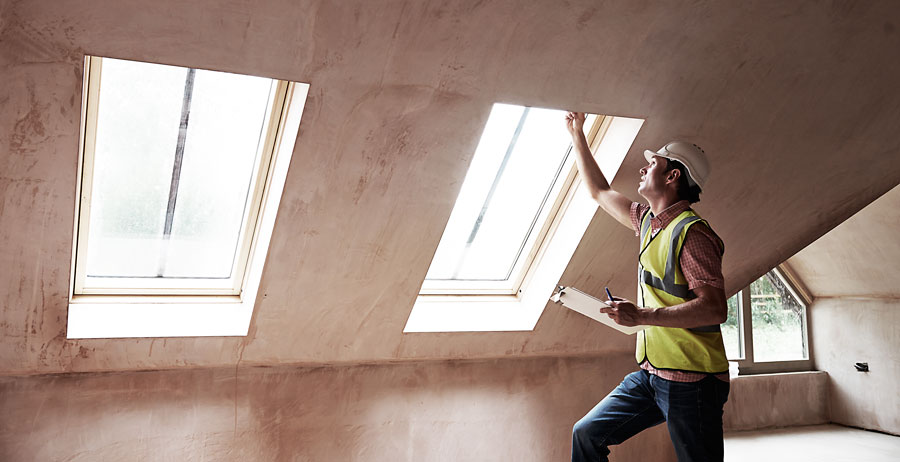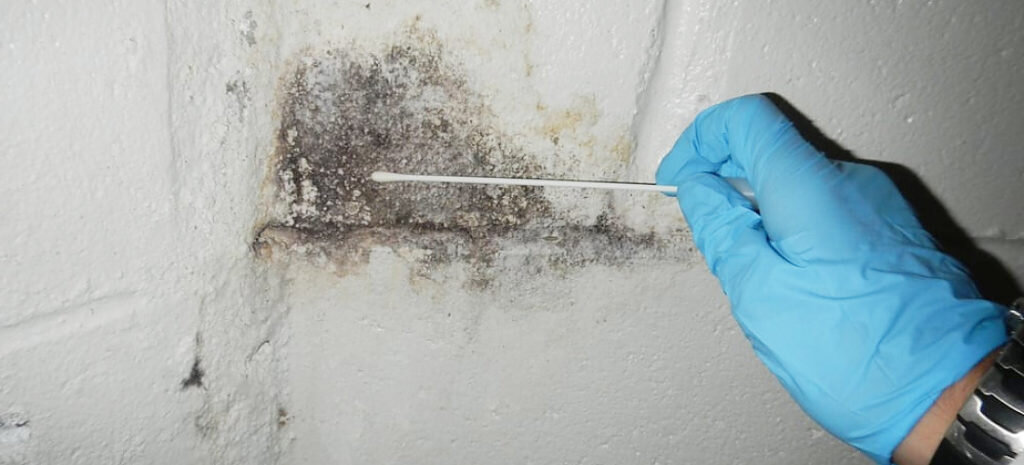Testing Air Quality After Mold Remediation
Testing Air Quality After Mold Remediation
Blog Article
Your Ultimate Overview to Blog Post Mold And Mildew Remediation Techniques
In the results of mold and mildew problem, recognizing how to successfully eliminate the mold and mildew and stop its reoccurrence is paramount for preserving a healthy interior atmosphere. From choosing the ideal cleaning and sanitizing approaches to implementing strategies for long-lasting mold prevention, each action in the remediation journey plays a vital duty in making sure an effective end result.
Comprehending Post-Mold Removal Refine
After completing the mold removal process, it is important to recognize the post-mold remediation methods that are required to make certain a complete and effective cleaning. When the mold and mildew has actually been removed, the next step involves cleansing and sanitizing the affected locations to avoid any regrowth of mold. This includes using specialized cleaning up agents to wipe down surface areas and eliminate any kind of staying mold and mildew spores. It is important to dry the location completely to discourage the growth of mold and mildew in the future (testing air quality after mold remediation). Appropriate ventilation and dehumidification can help in this procedure.
In addition, carrying out a last evaluation post-remediation is vital to guarantee that all mold and mildew has been effectively removed. This examination should involve a complete aesthetic check as well as perhaps air tasting to validate the lack of mold spores airborne. Extra removal might be needed if the assessment reveals any kind of remaining mold. Informing owners on precautionary actions such as regulating wetness levels and immediately dealing with any type of water leakages can aid keep a mold-free environment.
Reliable Cleansing and Decontaminating Techniques

Avoiding Future Mold And Mildew Growth

Value of Appropriate Air Flow
Correct air flow plays an essential function in avoiding dampness accumulation, a crucial aspect in mold development within indoor settings. mold removal primer Reliable ventilation systems aid eliminate excess moisture from the air, minimizing the chances of mold and mildew spores discovering the dampness they need to spread and germinate. Without adequate air flow, interior spaces can become a breeding place for mold and mildew, causing potential health and wellness risks and architectural damages.
By making sure correct air flow, air flow systems can likewise assist in drying damp areas quicker after water damage or flooding cases, further preventing mold growth. Post Mold remediation cleaning. Precede like restrooms, attic rooms, cellars, and kitchen areas where wetness degrees often tend to be greater, mounting and preserving reliable ventilation systems is important in protecting against mold and mildew invasions

Tracking and Maintenance Tips
Offered the important function that correct air flow plays in protecting against mold and mildew growth, it is necessary to establish effective surveillance and maintenance tips to make sure the continued functionality of air flow systems. Routine evaluations of air flow systems ought to be conducted to look for any type of signs of clogs, leaks, or breakdowns that might impede appropriate airflow. Tracking moisture levels within the home is also vital, as high humidity can add to mold growth. Mounting a hygrometer can aid track moisture levels and sharp property owners to any spikes that might need focus. Additionally, ensuring that air filters are routinely cleaned up or changed is important for maintaining the effectiveness of the air flow system. Executing a timetable for regular maintenance tasks, such as duct cleansing and HVAC system assessments, can aid prevent concerns prior to they escalate. By staying attentive and aggressive to the problem of ventilation systems, homeowner can successfully minimize the risk of mold regrowth and preserve a healthy and balanced interior atmosphere.
Conclusion
Finally, post-mold removal methods are vital for making sure a risk-free and clean environment. Comprehending the process, implementing reliable cleansing and decontaminating techniques, protecting against future mold growth, maintaining proper air flow, and normal tracking are all critical actions in the remediation procedure. By complying with these guidelines, you can efficiently eliminate mold and mildew and prevent its return, promoting a healthy and balanced living or working area for all residents.
In the consequences of mold and mildew infestation, recognizing how to effectively get rid of the mold and stop its reoccurrence is critical for keeping a healthy indoor atmosphere. Once the mold and mildew has actually been removed, the next action involves cleaning and decontaminating the impacted locations to prevent any kind of regrowth of mold - what to do after mold remediation. After removing visible mold and mildew development, it is vital to cleanse all surfaces in the affected area to get rid of any type of remaining mold spores. To additionally boost mold and mildew avoidance actions, it is important to attend to underlying concerns that originally led to mold and mildew growth.Provided the crucial function that appropriate air flow plays check my reference in preventing mold and mildew growth, it is crucial to develop reliable surveillance and upkeep tips to make sure the ongoing performance of air flow systems
Report this page